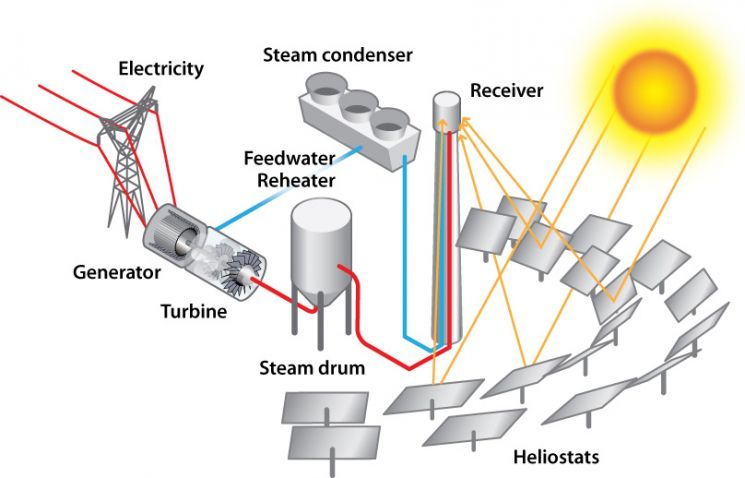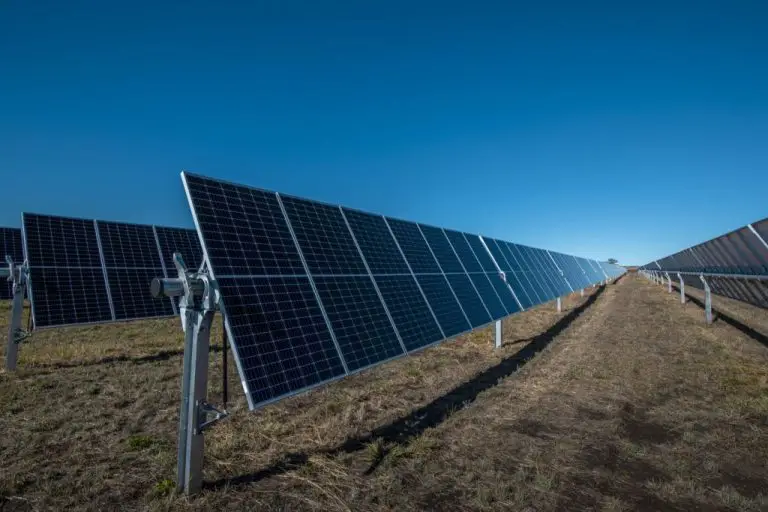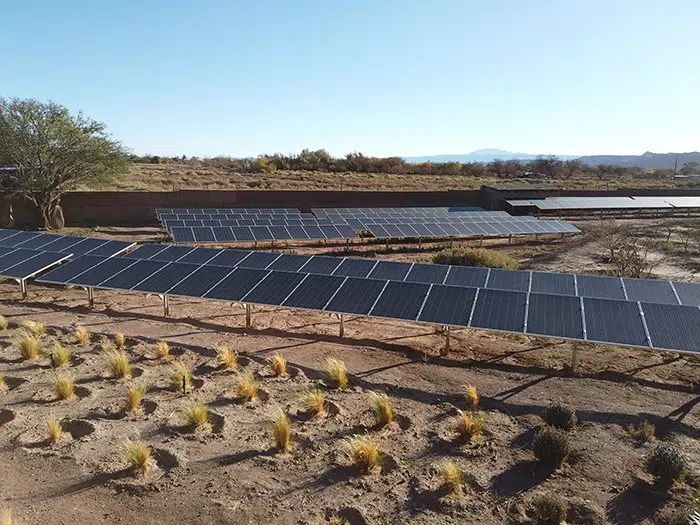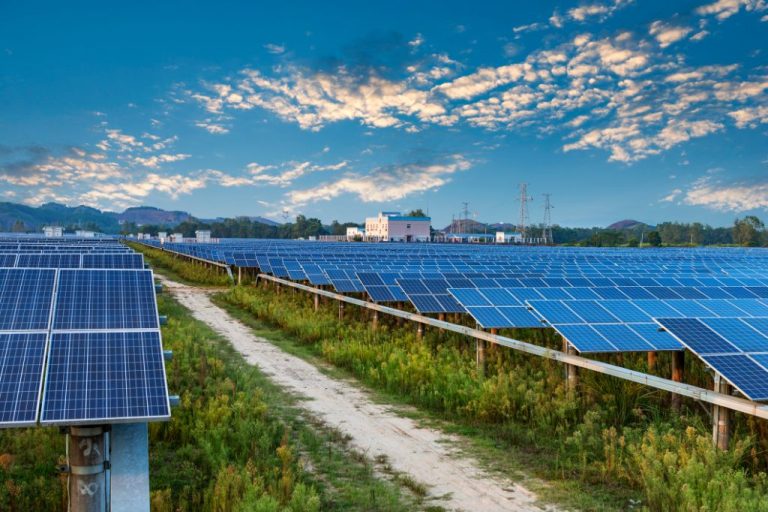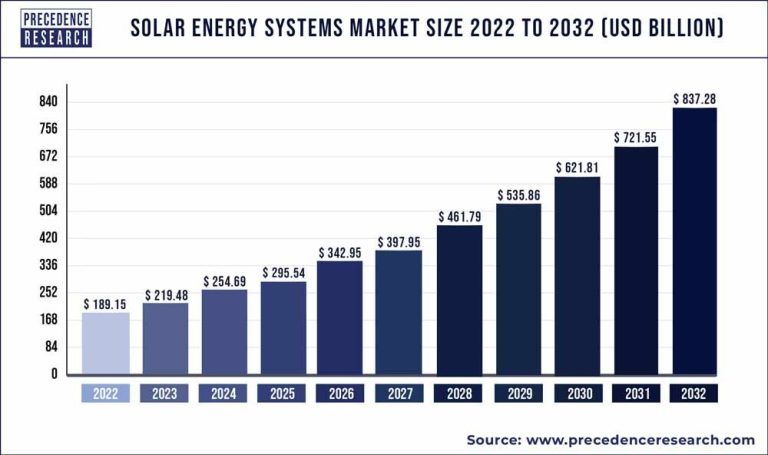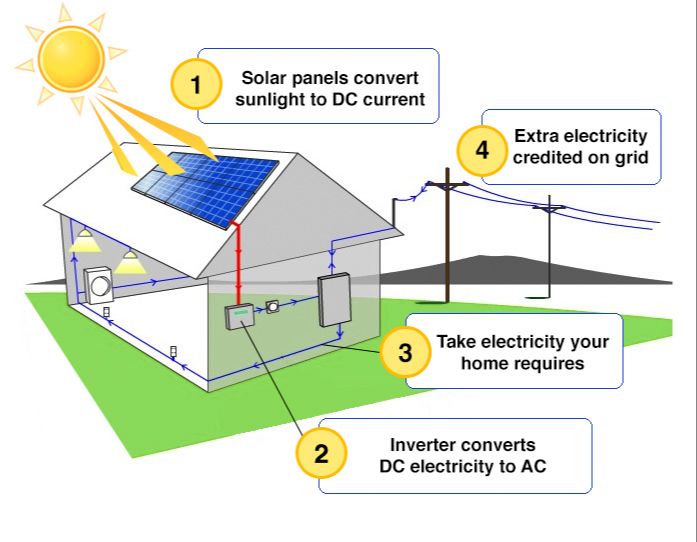Are Solar Panels Good In Cities?
With climate change threatening cities around the world, many urban areas are looking to renewable energy as part of the solution. Solar panels in particular offer a number of benefits that can support cities in their sustainability goals. When properly installed and optimized for an urban environment, solar panels can reduce grid dependence, lower electricity costs, stimulate the local economy, improve air quality, and make cities more resilient to power outages. However, installing solar panels on crowded rooftops and within complex city infrastructure does pose challenges not faced in suburban and rural areas. Cities have risen to meet these challenges with innovative policies, programs, technologies and partnerships that maximize the potential of urban solar. With smart planning and creative problem solving, solar energy can be harnessed to make cities cleaner, greener and more livable places.
Cost Savings
Installing solar panels can significantly reduce electricity bills for homeowners and businesses in urban areas. According to one analysis, the average 5 kW residential solar system can save $100 to $150 per month on electric bills (https://blog.ecoflow.com/us/how-much-solar-panels-save-on-electricity-bill/). Over the lifespan of a solar system, which is around 25 years, the savings can add up to tens of thousands of dollars. For example, 15 years of savings at $1500 per year amounts to $22,500 in cumulative savings (https://www.cnet.com/home/energy-and-utilities/how-much-money-do-solar-panels-save/). The specific amount of monthly and yearly savings depends on factors like the size of the solar system, energy usage, electricity rates, and local solar incentives. Nonetheless, solar panels are a proven way for urban homeowners and businesses to reduce their electricity bills and save money over time.
Reduce Grid Dependence
Installing solar panels allows urban homeowners and businesses to generate their own clean electricity. This reduces the demand on traditional energy plants and electrical grids. According to the U.S. Energy Information Administration, buildings account for 74% of electricity use and 39% of energy consumption nationally. Solar panels installed in cities can significantly lower electricity consumption from non-renewable sources.
Generating solar power locally also decreases the burden on electrical transmission infrastructure. Urban areas often have high energy needs, so producing electricity right where it will be used cuts down on the length of transmission required from centralized power plants. Local solar generation means fewer upgrades needed to transmit electricity into cities.
In times of peak power usage, rooftop solar can provide relief to strained grids. Cities experience high demand during hot summer days when air conditioning use is very high. Solar panels can offset peak loads and prevent brownouts or blackouts when demand exceeds supply.
Environmental Benefits
Solar energy can significantly reduce a city’s carbon footprint and pollution by offsetting electricity generation from fossil fuel sources (The Positive and Negative Environmental Impacts of Solar Panels). Solar panels do not emit greenhouse gases or other pollutants during operation. The environmental impact of solar panel manufacturing can be mitigated by proper recycling at the end of the panels’ lifespan. Overall, solar power has a positive impact on the environment by reducing the need for electricity from coal, natural gas, and other polluting sources that generate high emissions.
According to one analysis, solar panels offset more than 700 pounds of CO2 over their lifetime for every kW capacity installed (The Environmental Impact of Solar Panels). As cities install more solar capacity, they can significantly lower their carbon footprint. For example, New York City has set a goal to install over 1 GW of solar capacity by 2030. Achieving this target could offset over 700,000 tons of CO2 annually, equivalent to taking 150,000 cars off the road. Solar energy allows dense urban areas to become greener and cleaner.
Challenges of Urban Installation
Installing solar panels in urban areas comes with unique challenges compared to suburban or rural locations. Some of the main difficulties include:
Space Constraints – Cities often have less available roof space due to taller buildings and smaller lots. This can limit the number of solar panels that can be installed. Rooftops may need to be carefully optimized to fit in solar arrays.(1)
Permitting Issues – Navigating local permitting and regulations can be more complex in cities. Zoning laws, historic preservation codes, and utility policies can complicate the process. Early engagement with relevant authorities is key.(2)
Roof Structural Capacity – Older urban buildings may have roofs not designed to support the additional weight of solar panels and mounts. Structural assessments help determine if any retrofits are needed.
Shading – Nearby tall buildings may cast shadows on rooftop solar arrays, reducing power output at certain times of day. Proper siting is important.
Vandalism – There is an increased risk of vandalism in crowded city areas. Security measures may be prudent.
Innovative Urban Solutions
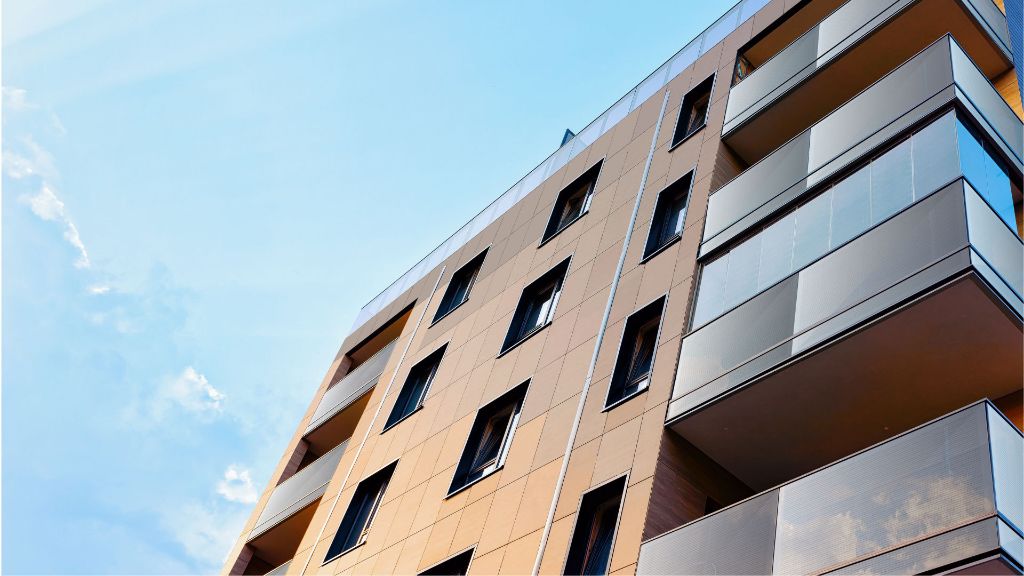
Cities offer unique opportunities and challenges when it comes to installing solar panels. While rooftop arrays are common, urban areas are getting creative with building-integrated photovoltaics (BIPV) and community solar projects.
BIPV incorporates solar cells directly into the building materials, essentially turning the building surface into a solar panel. According to Dezeen, highlights include solar shingles on the roof of a depot in London and custom solar glass panes on an office building in San Francisco.
Community solar allows residents to buy into a shared, centralized solar installation that may be on another building or open land in the area. Participants receive credits on their electricity bills proportional to their investment. As reported by CAD Details Blog, Brooklyn has the largest community solar project in New York City.
Innovative integration of solar into urban infrastructure can increase renewable energy generation while also serving aesthetic and community goals.
Policy Support
Many cities and states have implemented policies to incentivize and streamline the adoption of solar panels, making them more accessible and affordable for urban residents. Key policies include:
Tax credits – Federal and state governments offer tax credits that reduce the cost of installing solar panels. These include a federal tax credit that covers 26% of installation costs through 2034, as well as additional credits offered in states like California and New York. Guide to Solar Incentives in America’s 12 Biggest Cities.
Net metering – This policy allows solar panel owners to sell excess electricity back to the grid and offset the cost of power drawn from the grid when their panels aren’t producing enough. More than 40 states have adopted net metering, making solar more cost-effective. How Cities Can Scale On-Site Solar with New Federal Incentives.
Streamlined permitting – Cities like San Francisco and Los Angeles have simplified the permitting process for solar installations. This reduces soft costs and makes it faster and easier for residents to adopt solar panels. Guide to Solar Incentives and Rebates for Homeowners.
Case Studies
Some of the most successful urban solar projects have been implemented in major cities around the world. In Germany, the city of Freiburg has installed over 2,500 solar power systems on the roofs of homes and businesses, generating over 10 MW of solar energy and meeting 10% of the city’s total energy needs. The Solarstrasse project in the city center has rows of houses with solar panels installed on south-facing roofs. 1
In Honolulu, Hawaii, rooftop solar panels provide power to 12% of households, one of the highest levels in the U.S. The downtown Honolulu neighborhood of Kaka’ako has integrated solar panels into many commercial and residential buildings as part of a sustainability initiative. 2
The Brooklyn Navy Yard in New York City hosts the largest rooftop solar array in any US city, with a capacity of 1.2 MW. The panels offset 20% of the energy needs of businesses in the commercial park. In the Bronx, the largest low-income urban solar project in the state was installed in 2017 on affordable housing units. 3
The Future of Urban Solar
The future looks bright for solar energy in urban areas. As technology continues to improve, costs are projected to decline further. New innovations like solar paint and solar sidewalks could open up even more urban surfaces to harvest sunlight. Policymakers are also moving to be more supportive of urban solar through initiatives like streamlined permitting and community solar programs.
According to the IEA’s report “The Future of Solar Energy in Cities,” continued innovation and cost declines could make solar power in cities cost-competitive with conventional power within the next 5-10 years. Many cities have set ambitious 100% renewable energy goals, with solar expected to play a major role in reaching those targets. Solar policy support like net metering, feed-in tariffs, and renewable portfolio standards provide a stable incentive framework for urban solar growth.
The DOE’s “Rooftop Solar Challenge” aims to cut soft costs like permitting, inspection, and financing to make rooftop solar seamless and affordable. As solar installers scale up operations in cities, they are developing new approaches to contain costs for densely sited urban projects. Pre-assembly, modular components, and economies of scale will help reduce future urban solar costs.
Urban solar offers cities the chance to become more energy independent while stimulating local green job growth. Continued innovation and supportive policies promise to unlock the full potential for solar energy to supply reliable, low-cost renewable power to cities in the coming decades.
Conclusion
In summary, solar panels can provide many benefits in urban areas despite some unique challenges. The cost savings, grid independence, and environmental advantages remain appealing even for city dwellers. With innovative mounting solutions, smart public policy, and community solar programs, urban solar continues to expand. As technology improves and costs decline, we will likely see more and more solar panels on rooftops, walls, and public spaces in cities. Though cities pose obstacles, they also offer opportunities like economies of scale. Urban solar is an important part of building resilient and renewable cities.
Overall, solar panels are usually a wise investment for urban property owners despite higher installation and permitting costs. With the right policies and creative solutions, cities can become leaders in local solar power generation. Urban solar is critical for reducing fossil fuel dependence and meeting climate goals. Though some challenges exist, the future is bright for solar energy in cities.

